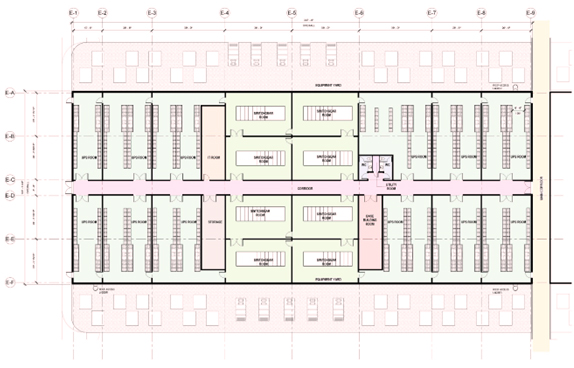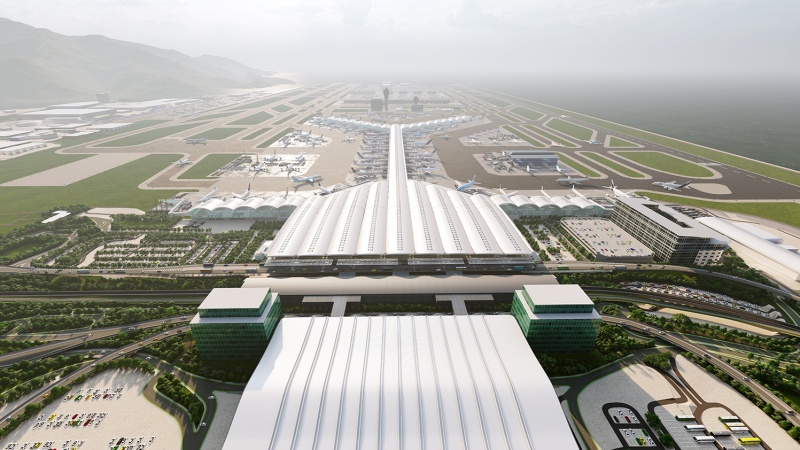BIM Modeling For Energy Analysis Will Help You Produce Environment Friendly Buildings

The warning bells have been sounded by the environmentalists, we have no choice but to make our buildings energy efficient and environment-friendly; the only way forward seems to be making our habitats more environment-friendly.
The biggest advantage of using BIM is that it takes into account your day-to-day experience to help you change your habits, thus enabling you to make necessary adjustments for improving the efficiency of your buildings.
Firms offering BIM Modeling services can play a vital role in helping architects come up with energy efficient buildings with low carbon footprint.
More efficient facilities management:
BIM envelops the entire lifespan of a structure unlike other traditional construction systems that are responsible for a structure only till the commissioning stage.
This means that BIM Modeling services vendors stand with the building owners/ operators throughout and help them manage their facilities more efficiently.
They enable the users to take the right decisions at the right time based on right information. Our buildings consume more than fifty percent of the power generated around the world, their energy consumption affects the environment adversely. It’s important to know if a building is designed well enough to optimize energy efficiency.
If we are able to gauge how well a building is performing after it’s commissioned and how well is it operating over time, we can ensure it doesn’t add to grave problem of air, water and sound pollution.
How can BIM help you make your buildings energy efficient:
BIM can help you answer the above mentioned questions and find effective solutions to them. Experience shows that various objects and processes being used in a building influence its performance.
The general and specific habits of the inhabitants/ users, especially in the high-rise buildings, also have a great impact on their performance.
There is a need to constantly monitor various aspects like energy and water usage, contamination, security, material storage and management, and so on to make buildings more efficient and environment friendly.
BIM is a great tool to gauge the impact of all these aspects and improve their overall performance.
Benefits of energy performance analysis by BIM:
Assessing the performance of proposed structure
Firms providing BIM Modeling services employs a process that uses coordinated, consistent information to help all the stakeholders- architects, engineers, contractors and building owners – to see in advance what the design would look like after completion.
This also helps you judge its expected overall performance. Performance-built BIM solutions allow you for capturing building geometry and characteristics in order to conduct energy performance analysis in case of existing structures.
Improving energy efficiency of the structure
BIM provides the building owners with energy efficiency suggestions and an overall model for conceptual building energy usage. This helps improve efficiency in new designs as well as in renovation and retrofit projects.
Empowering the industry professionals
You must have a comprehensive overview of a building project in order to reduce water and energy consumption, and make the built environment more user friendly.
BIM performs ‘what-if’ scenarios using simple energy models to determine the optimum energy and water requirements of the building. It empowers the industry professionals to produce functionally superior, efficient buildings.
Importance of doing energy analysis:
Studies have shown that energy analysis using BIM models can help you save nearly twenty-five percent on energy use in new buildings.
The potential for energy savings is even greater for retrofit or renovation projects since these existing buildings never had a system of energy analysis.
You can use these whole building energy analyses to accurately calculate maximum possible reductions in energy consumption of a proposed/ existing structure.
You will also be able to suggest changes in the behavioral patterns of the tenants in order to improve the energy efficiency of a building and make it more environment friendly.




